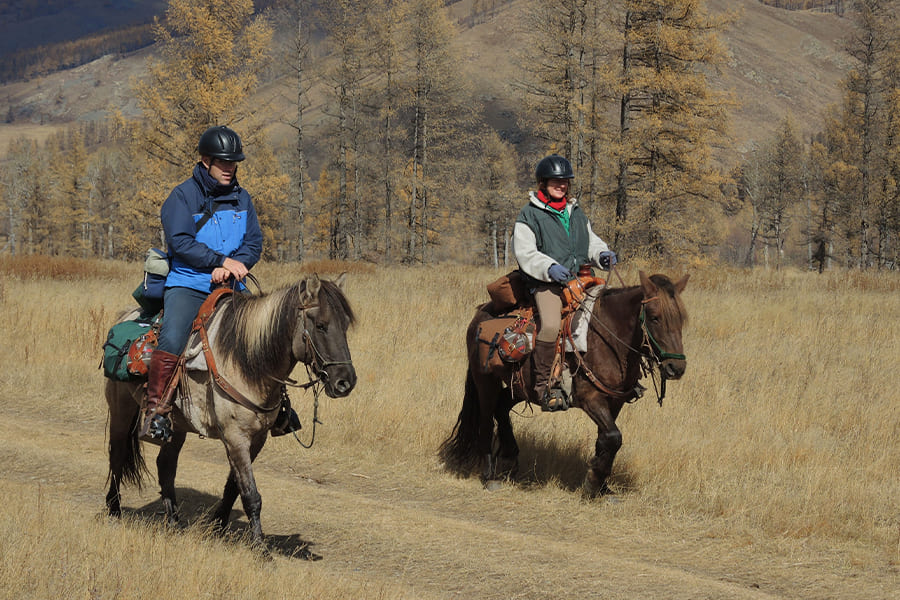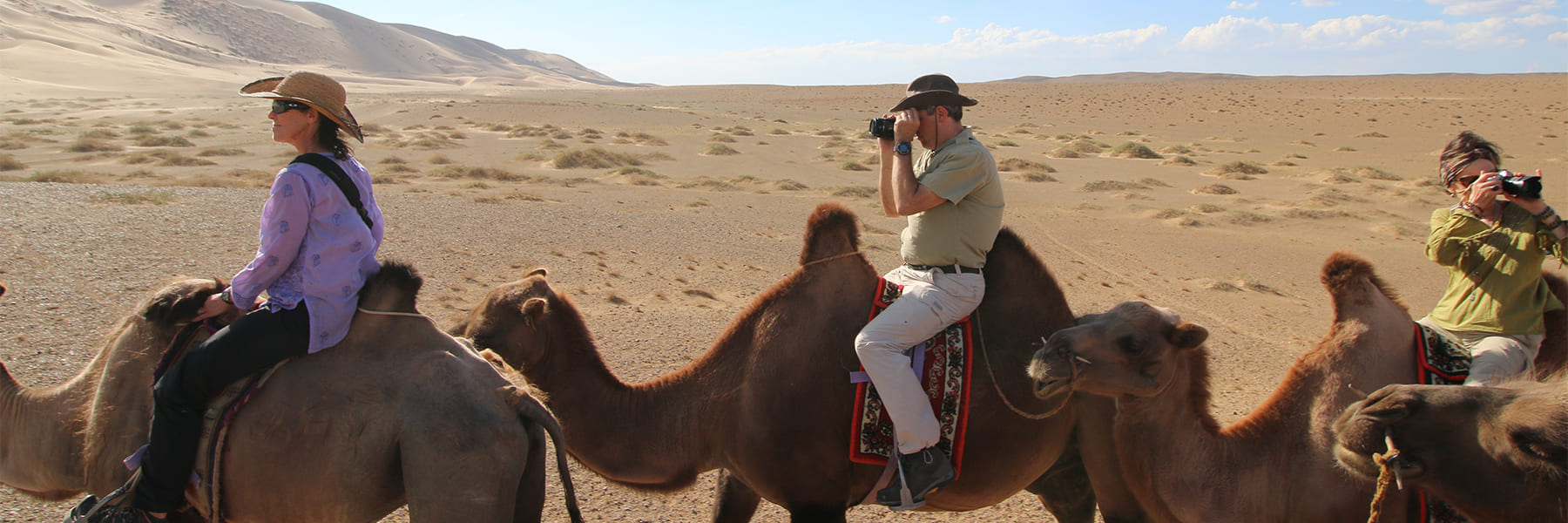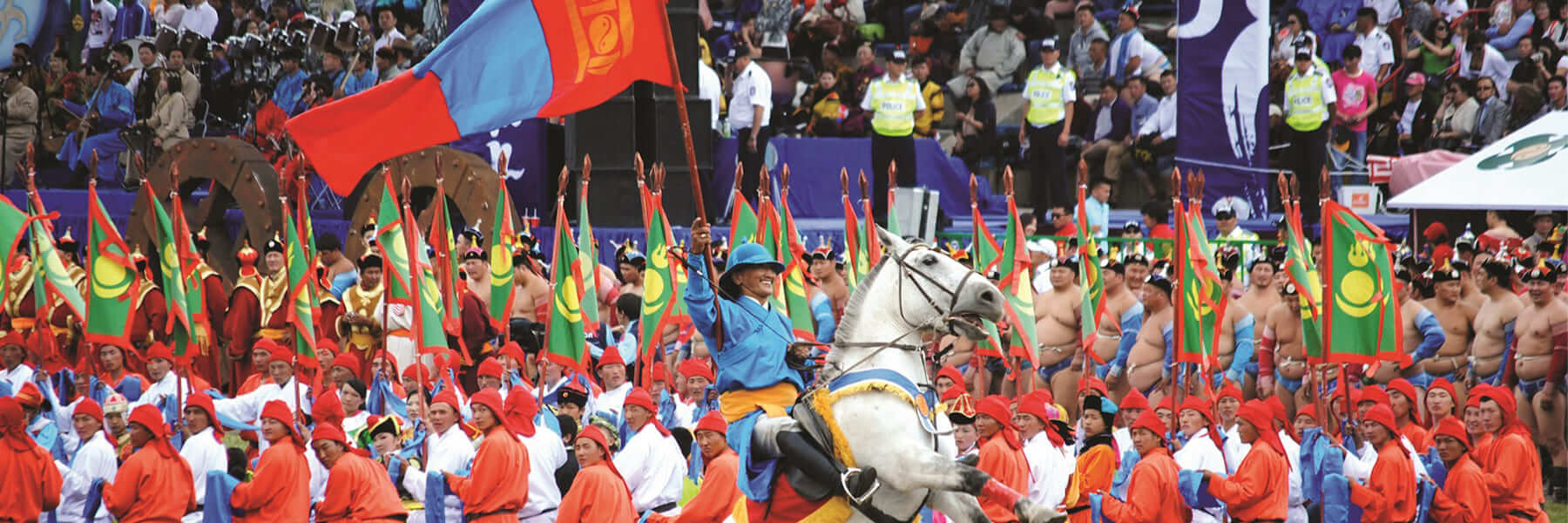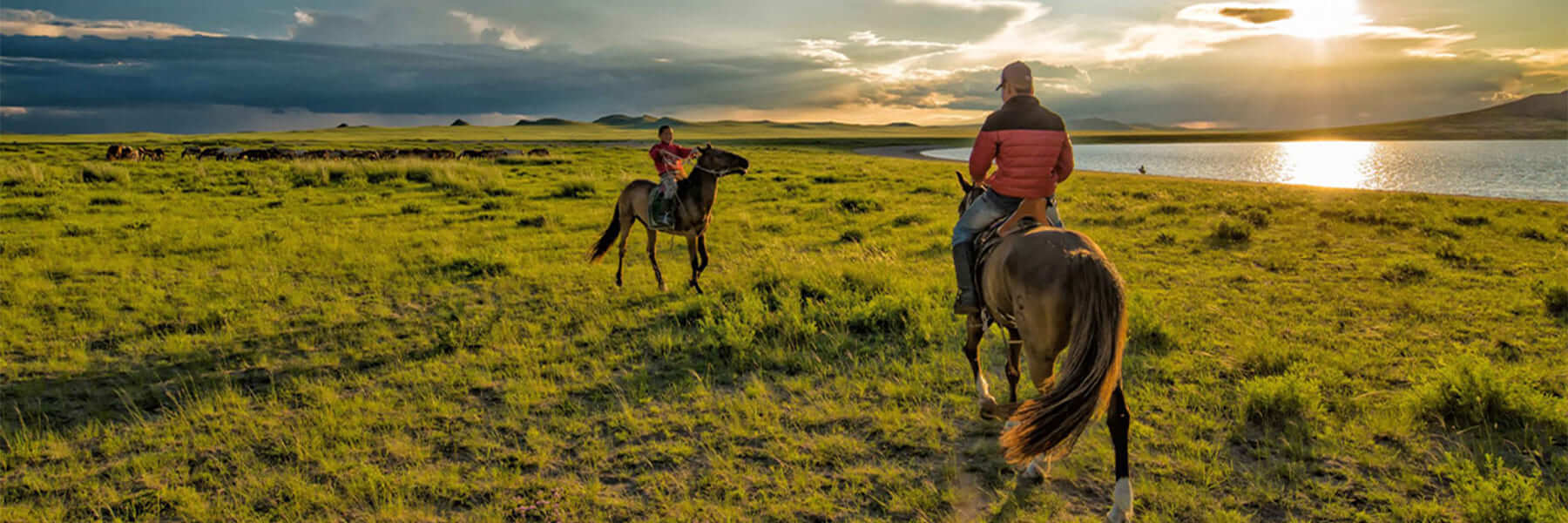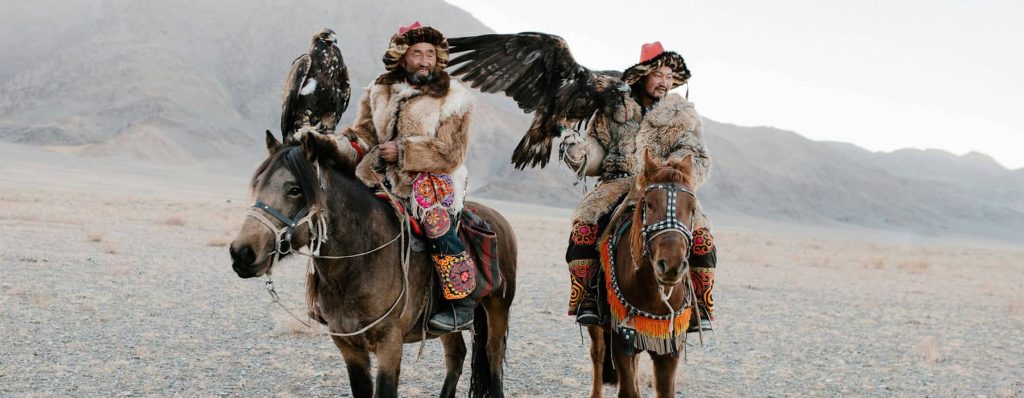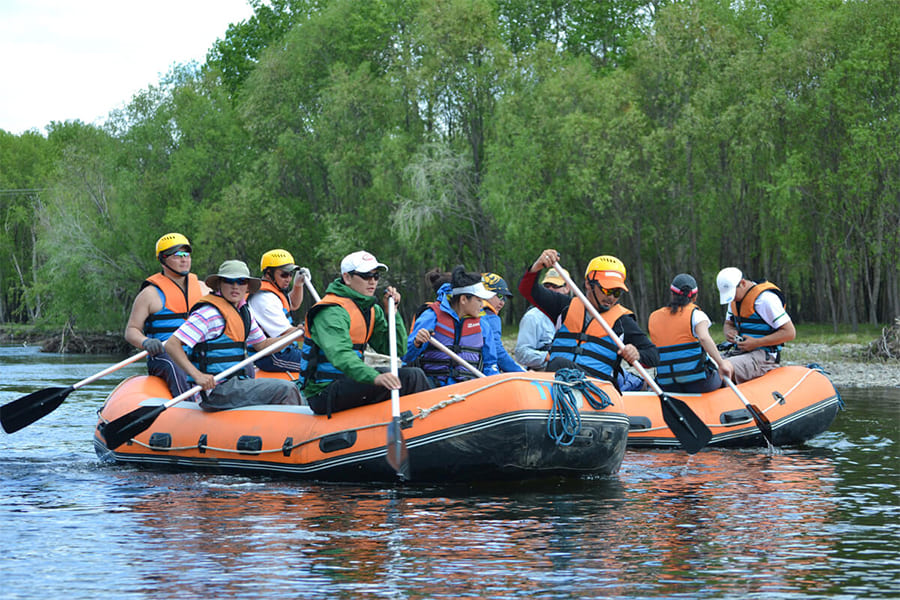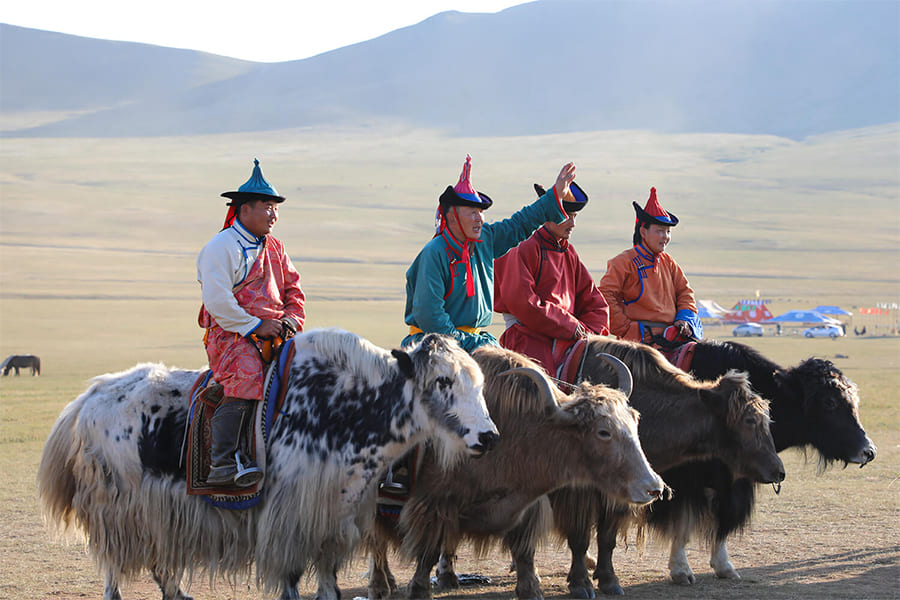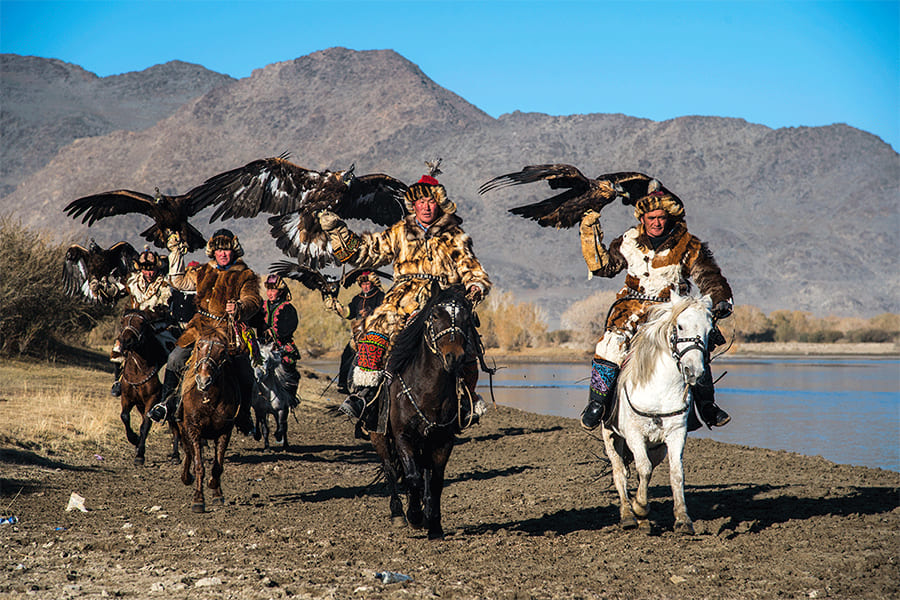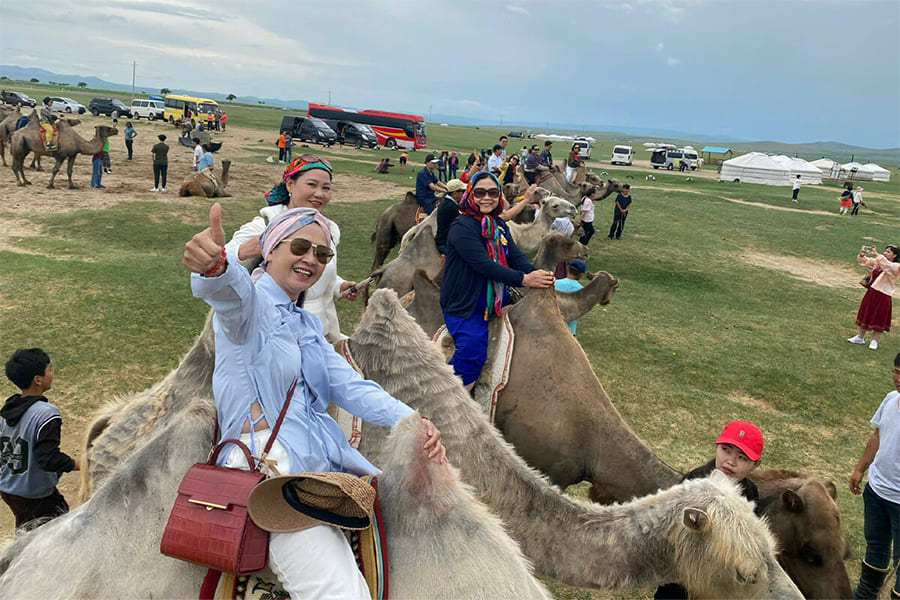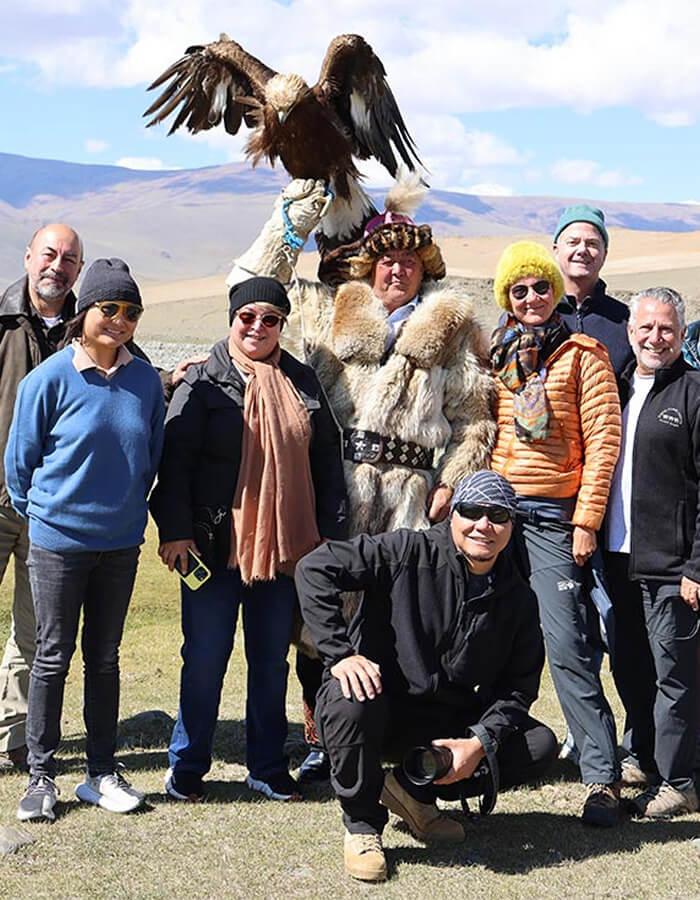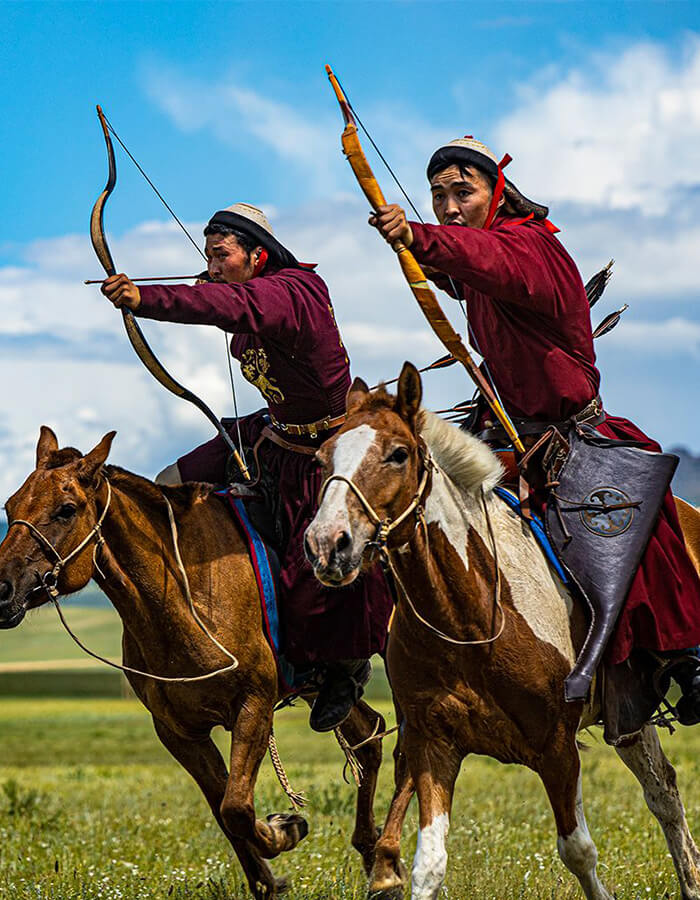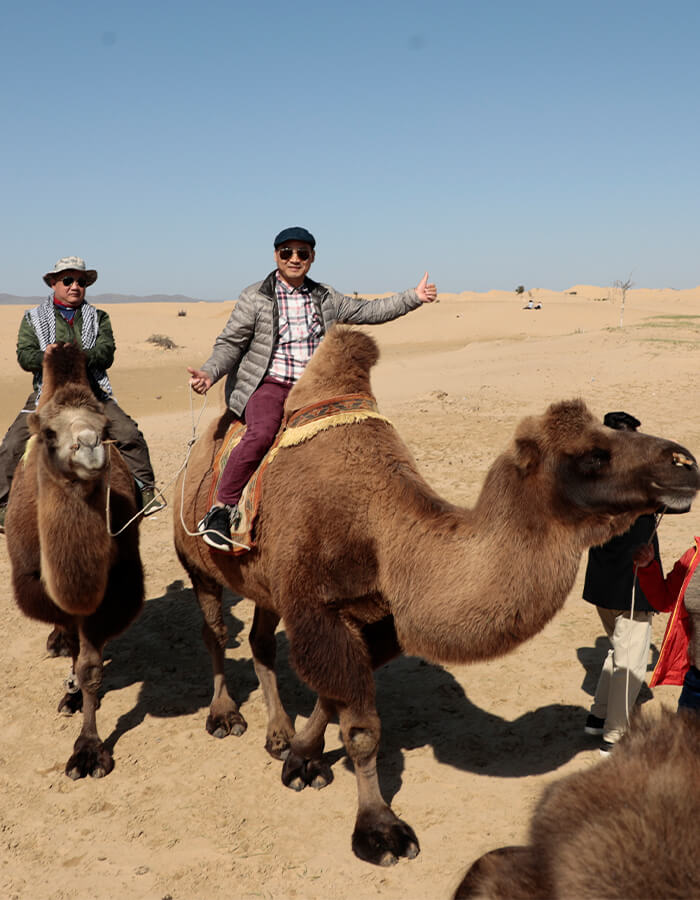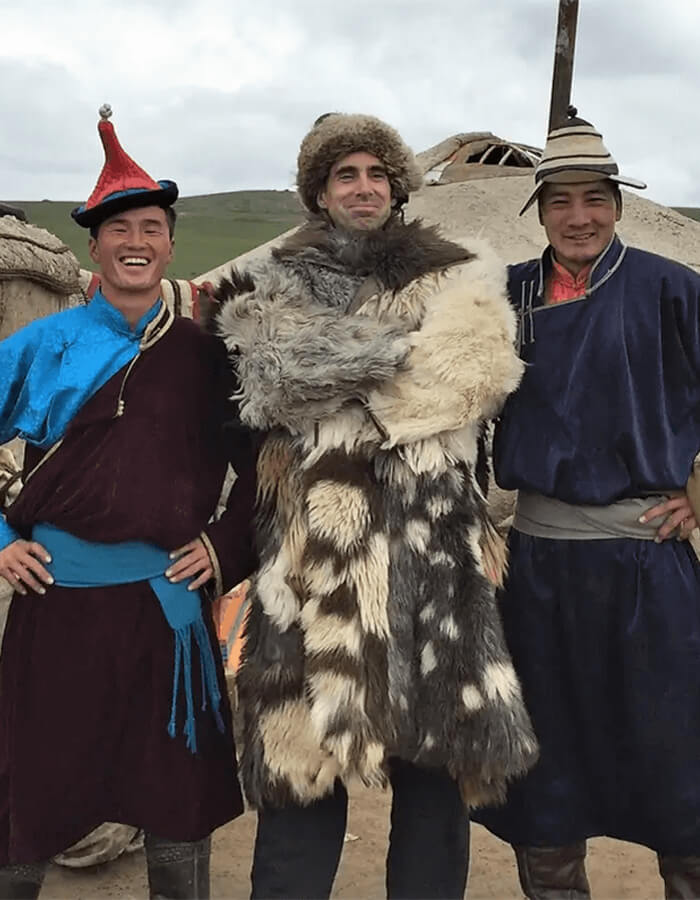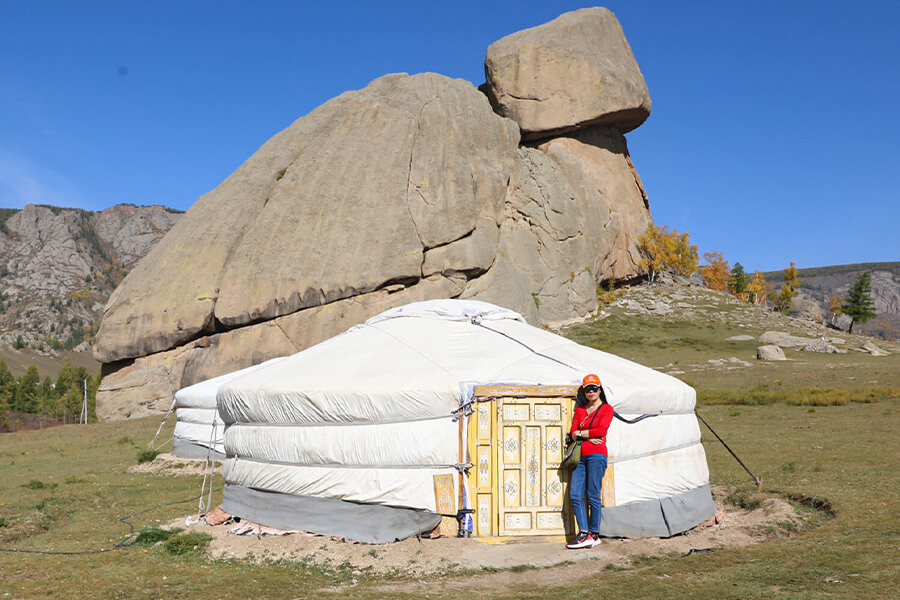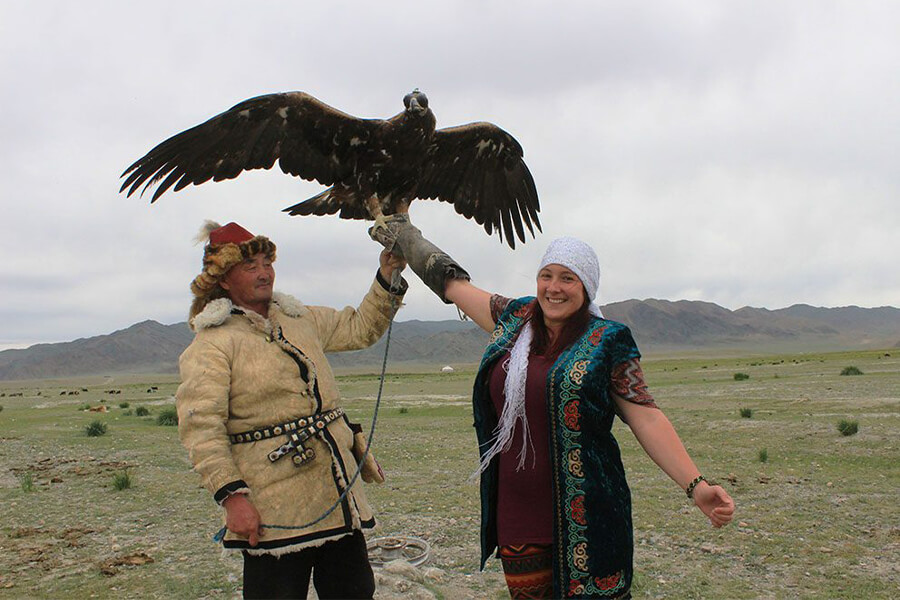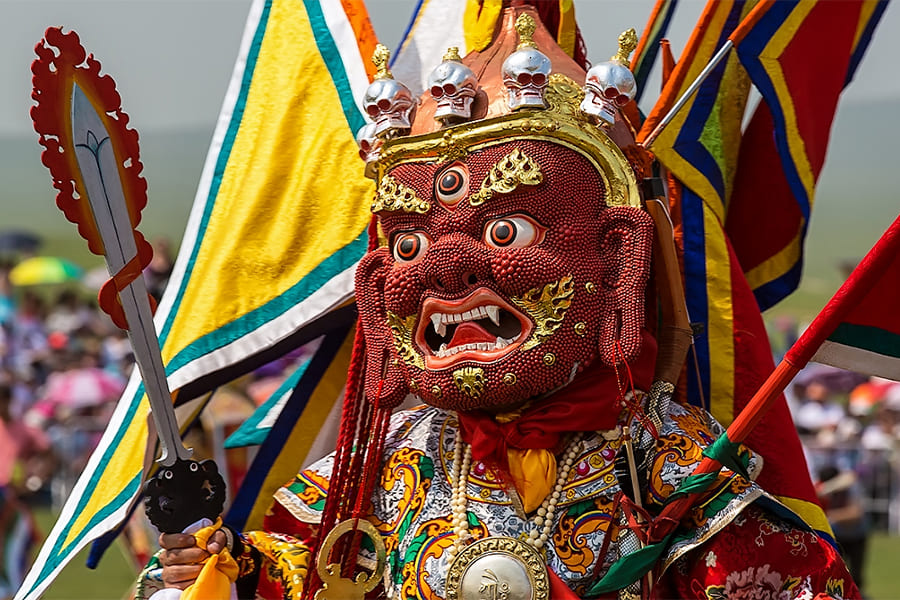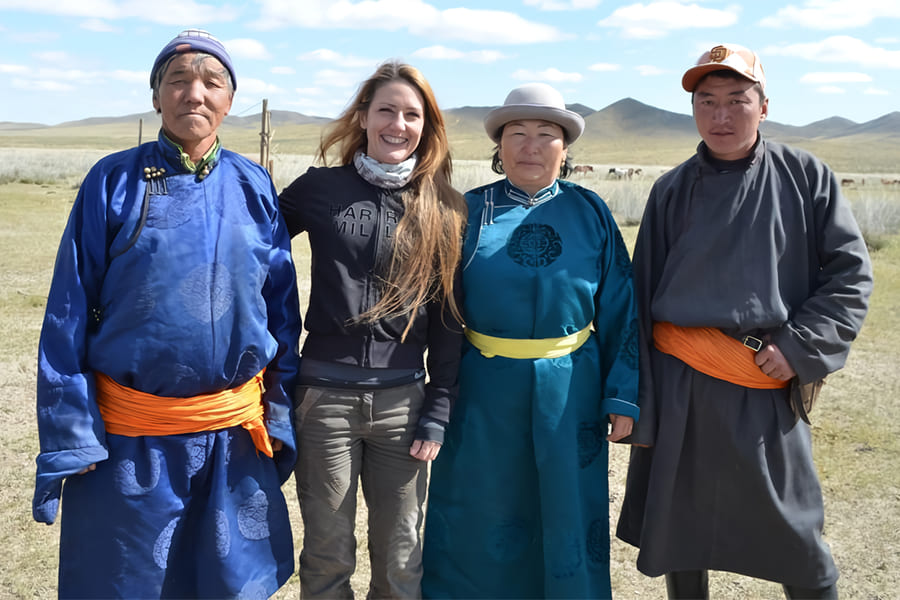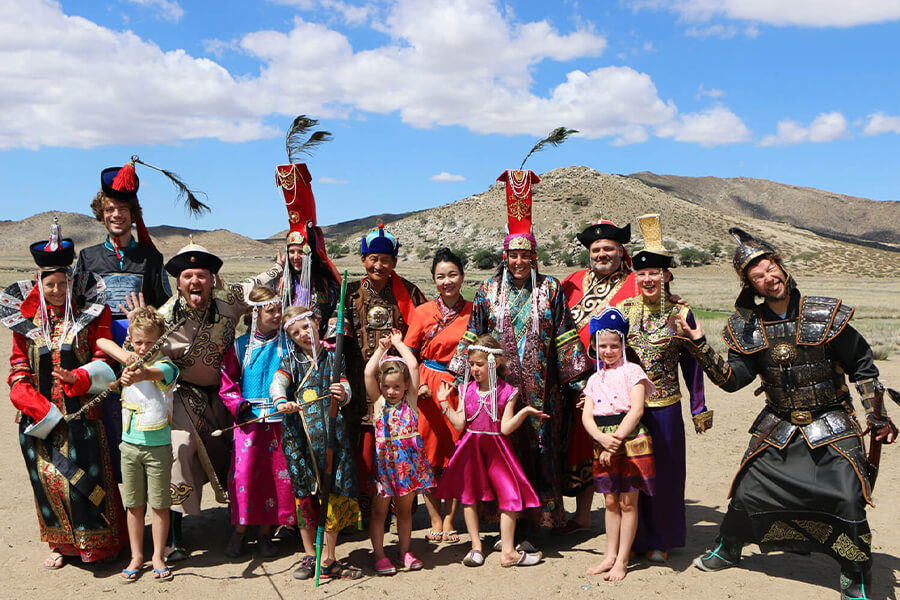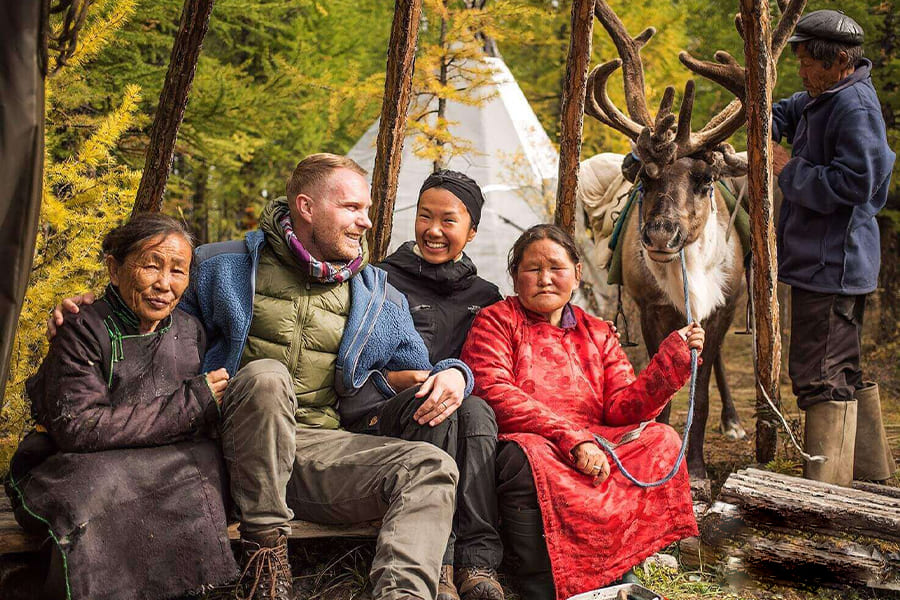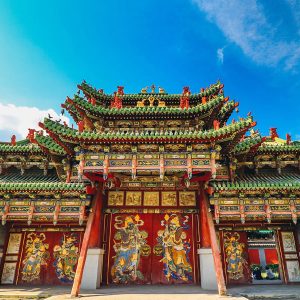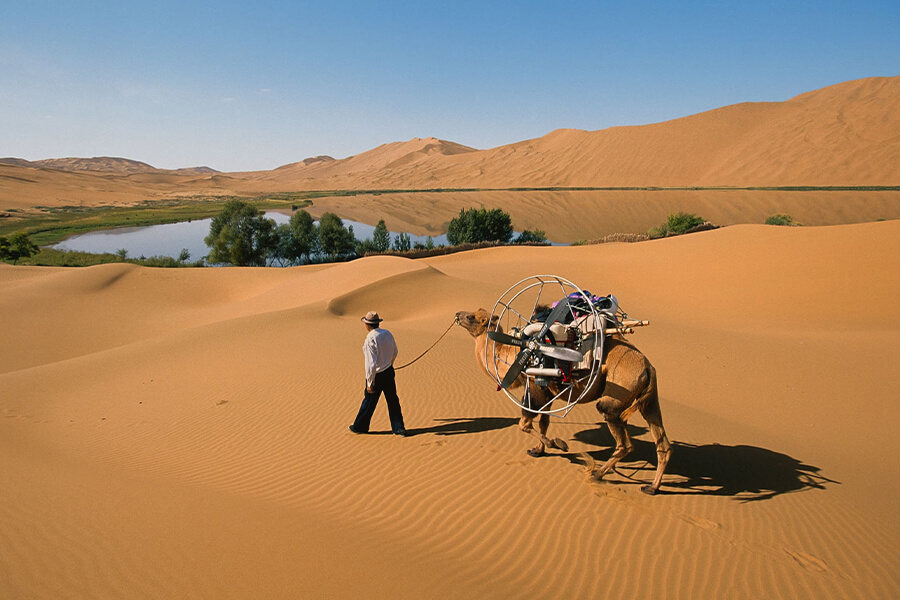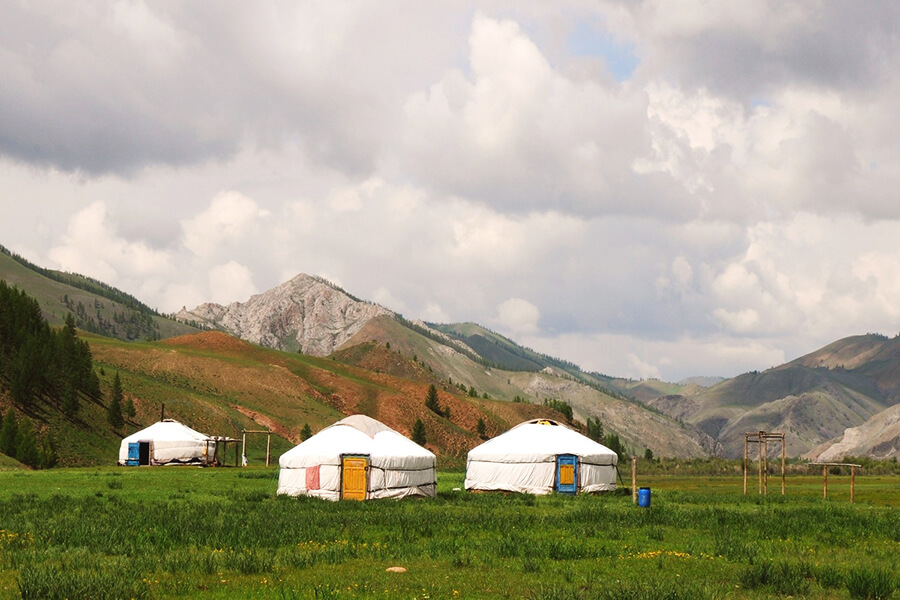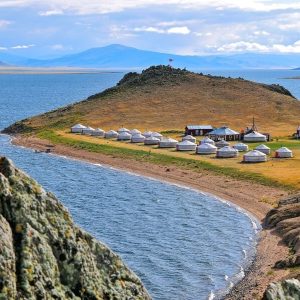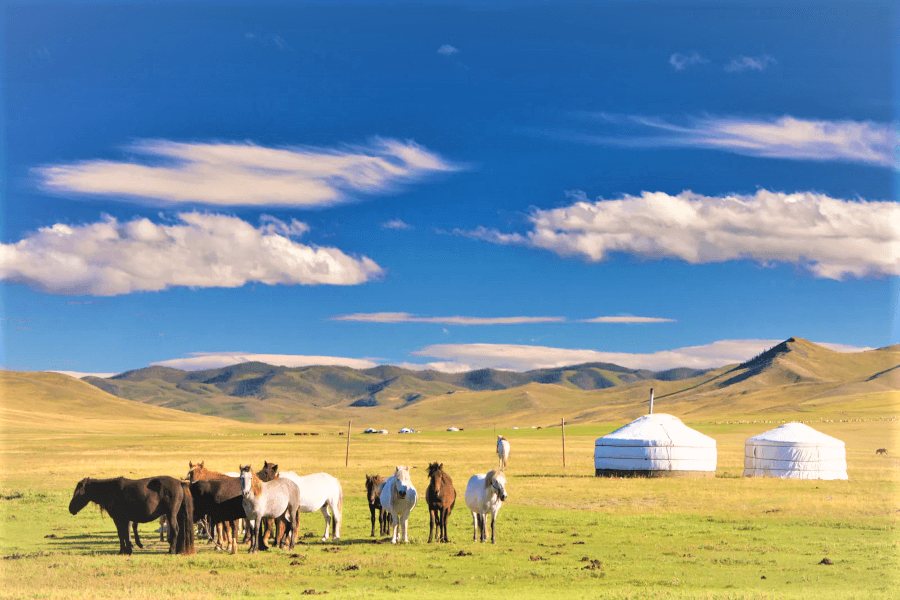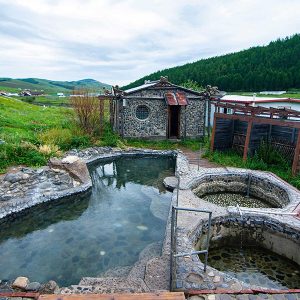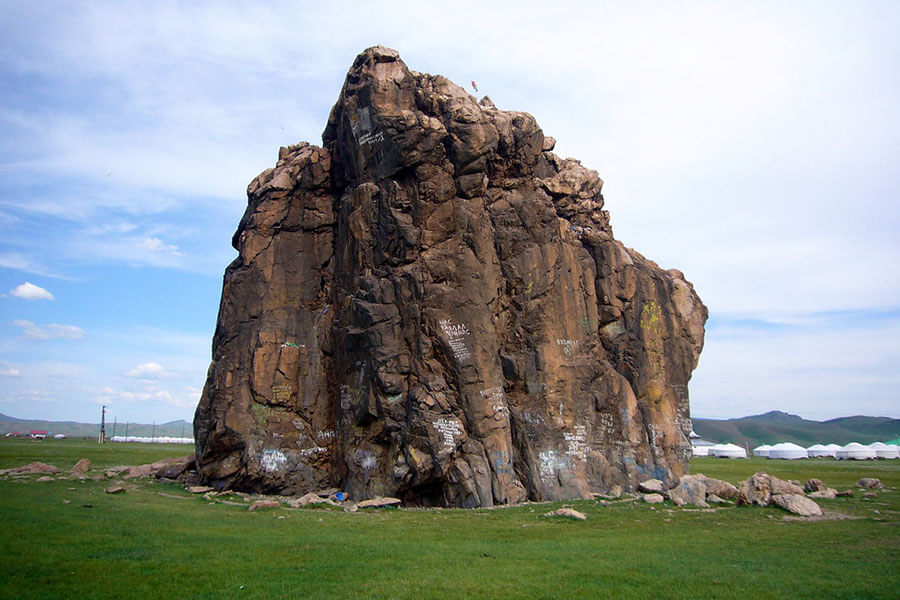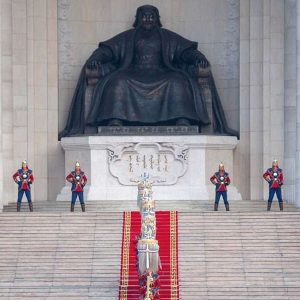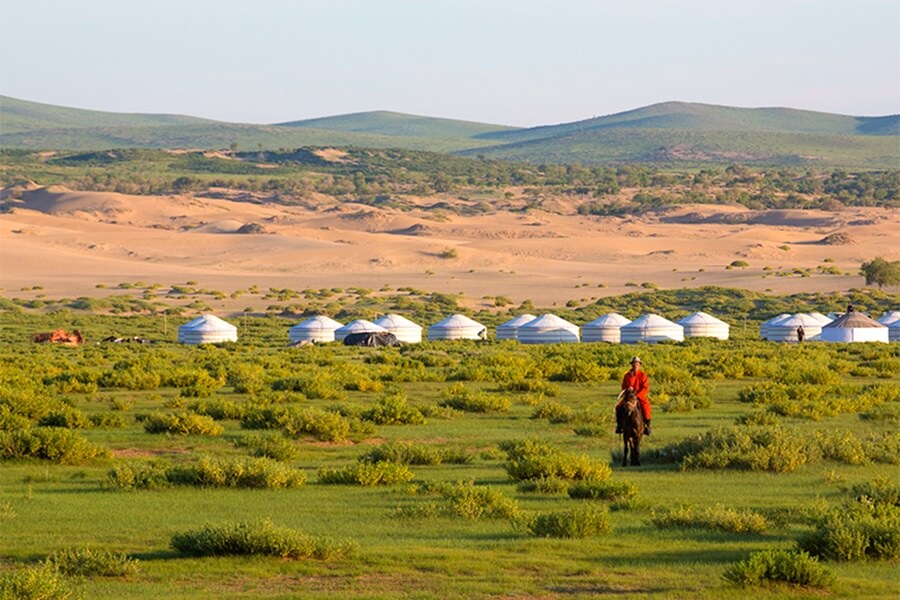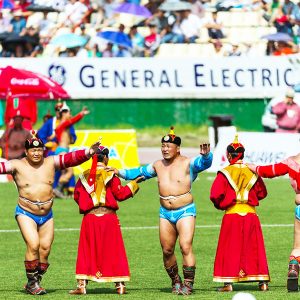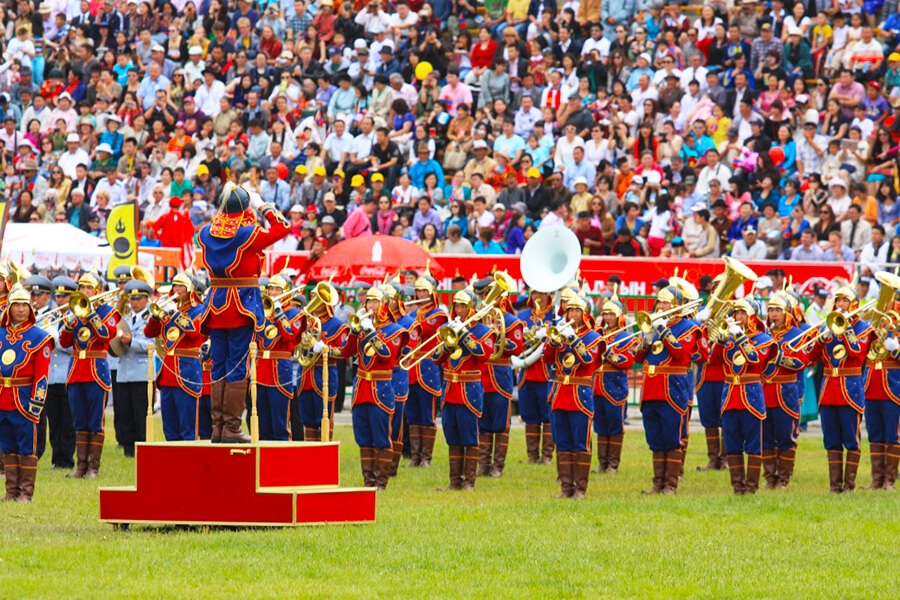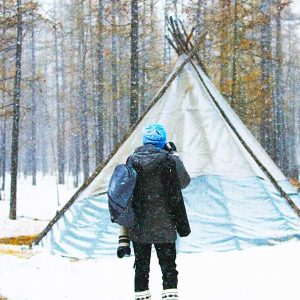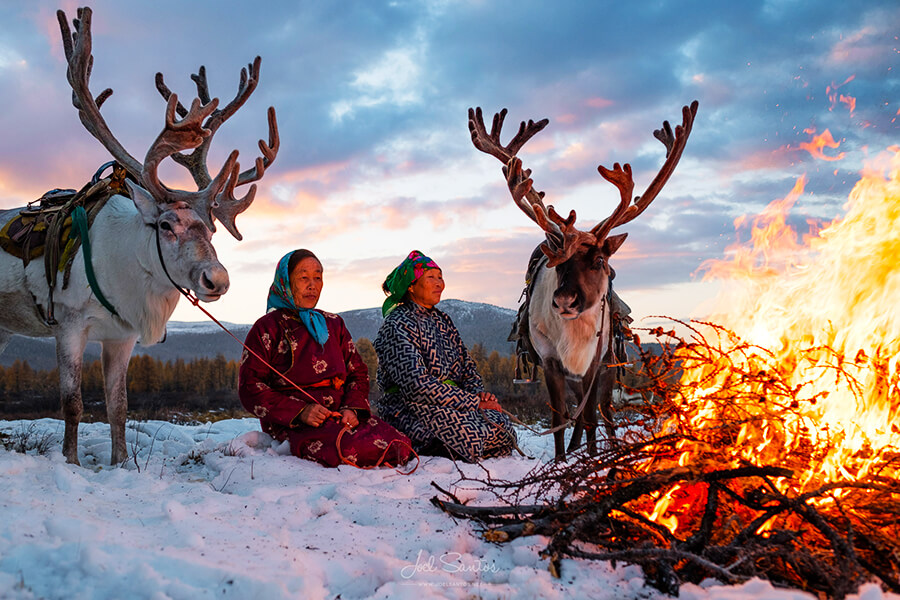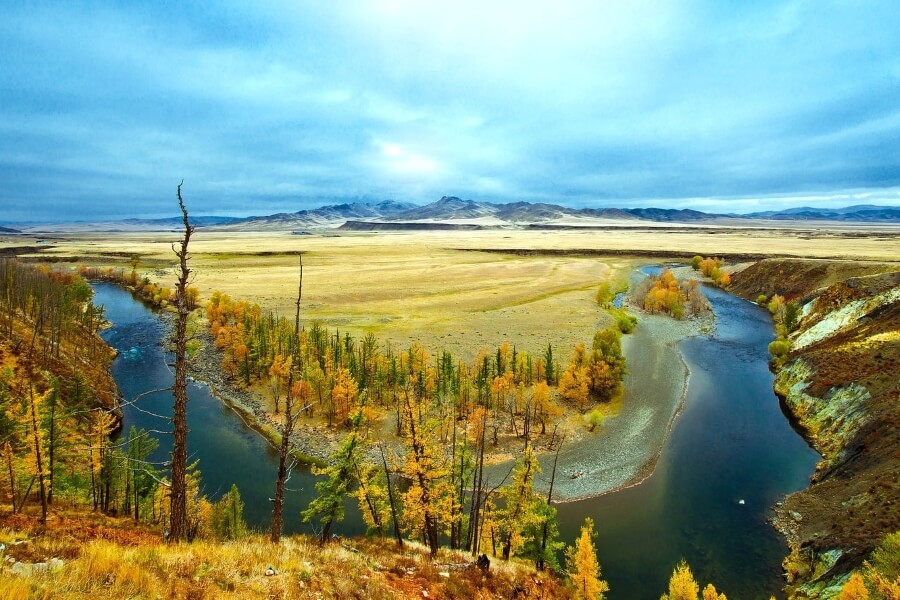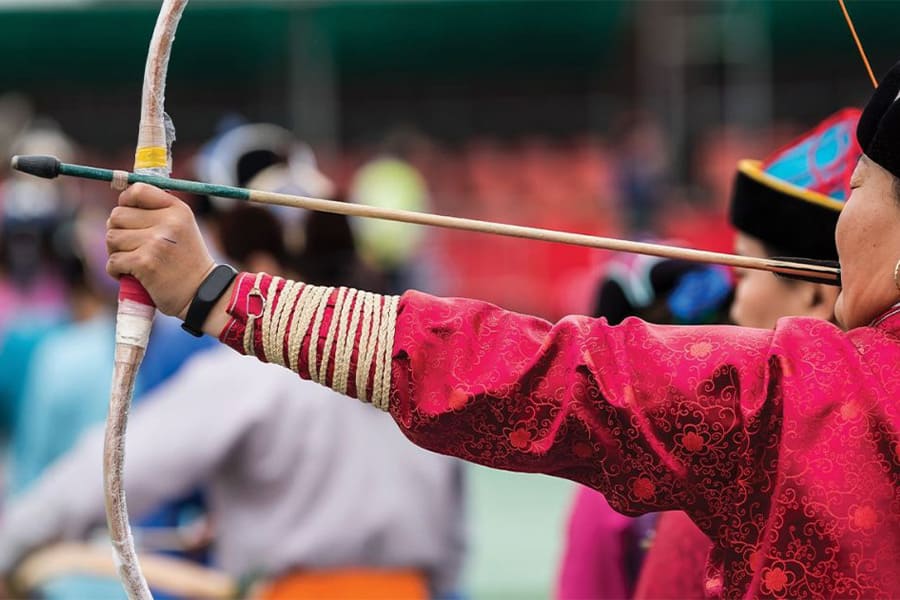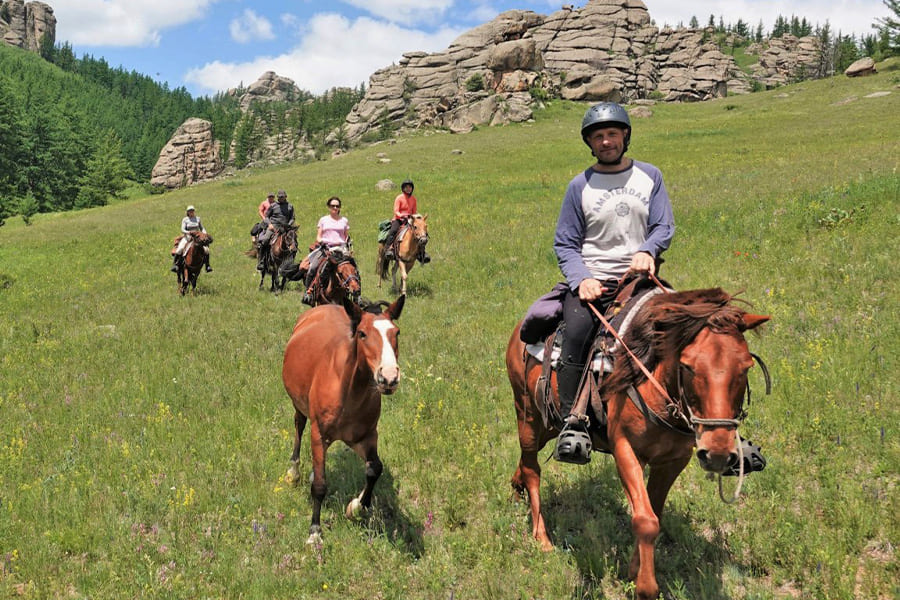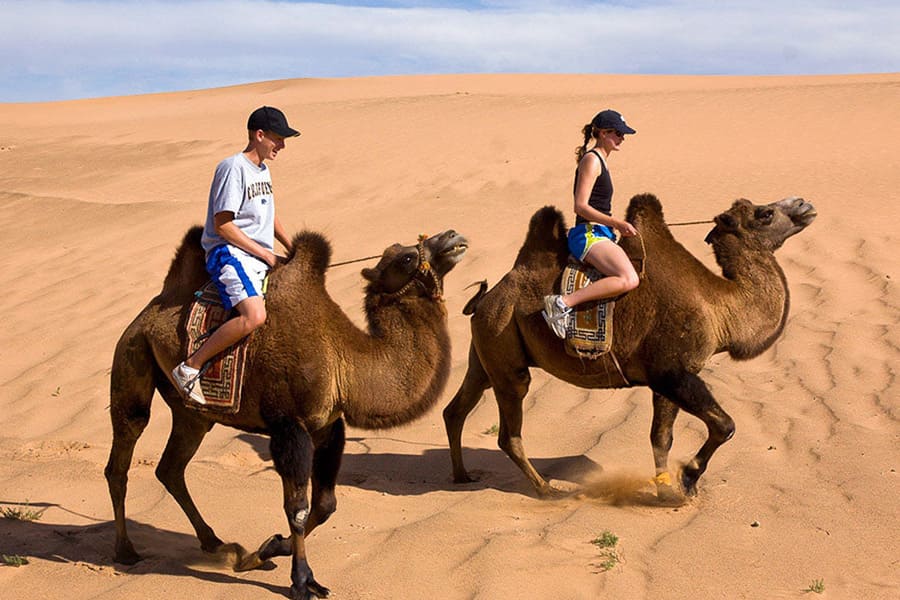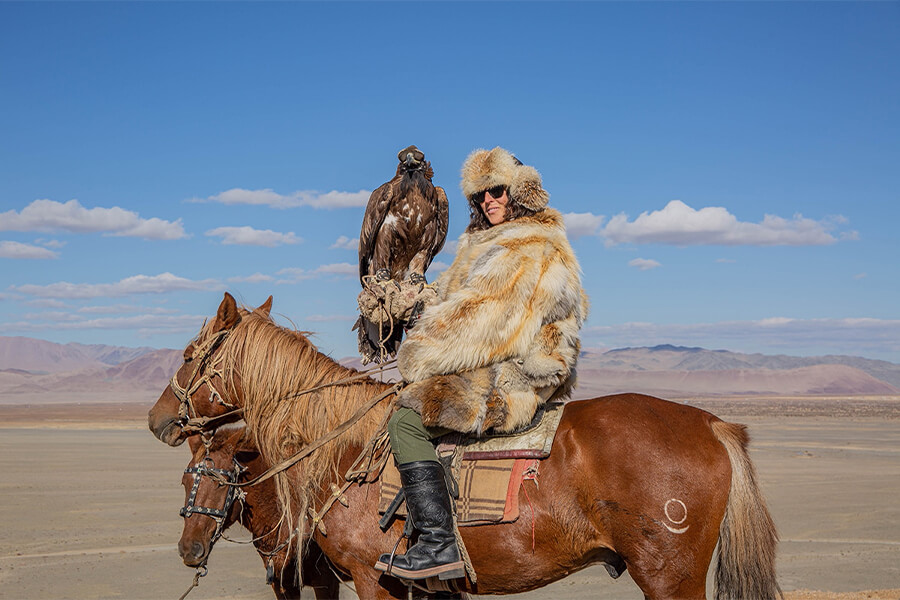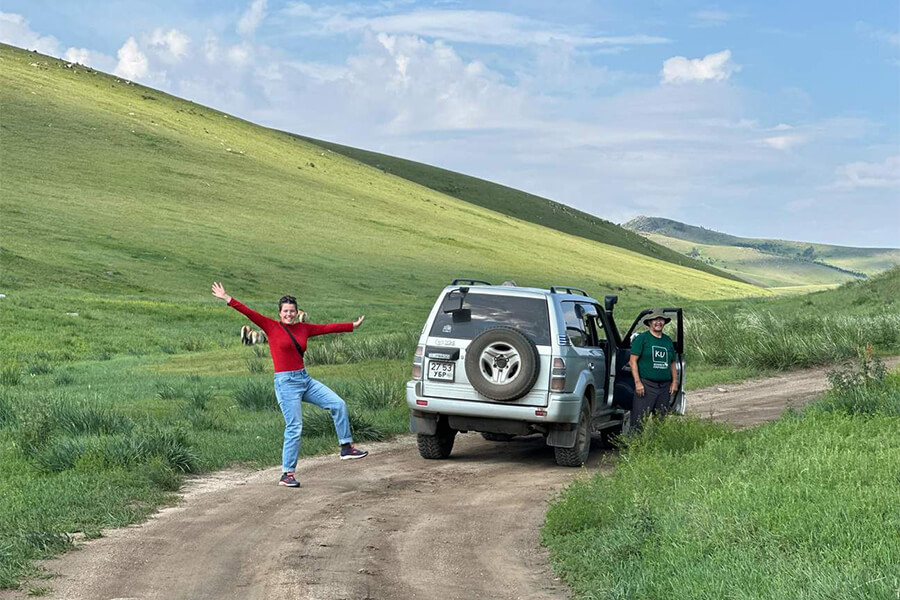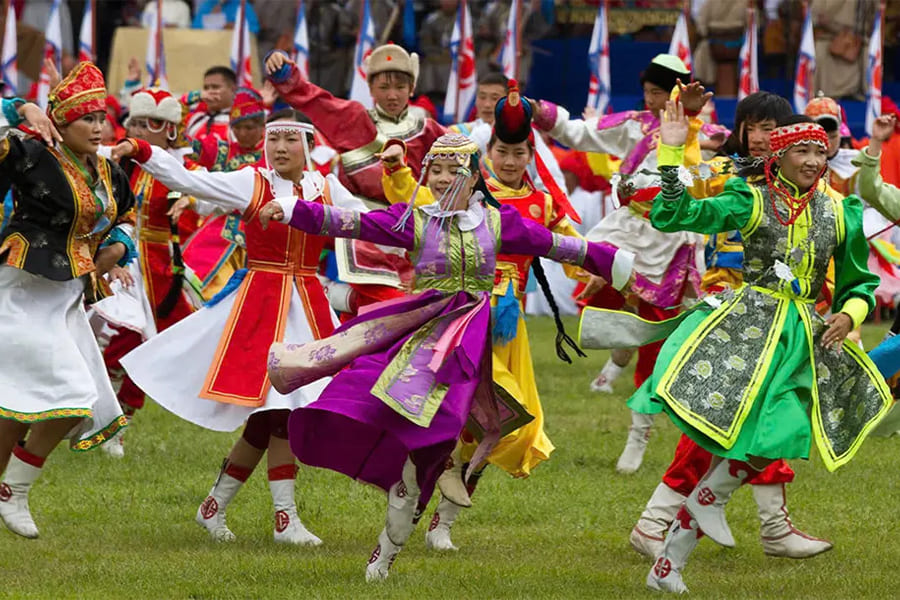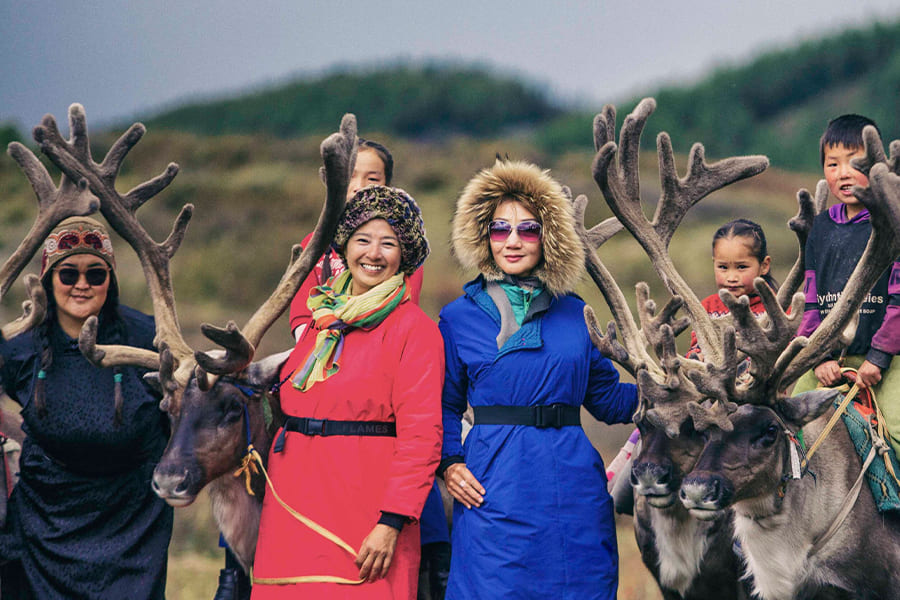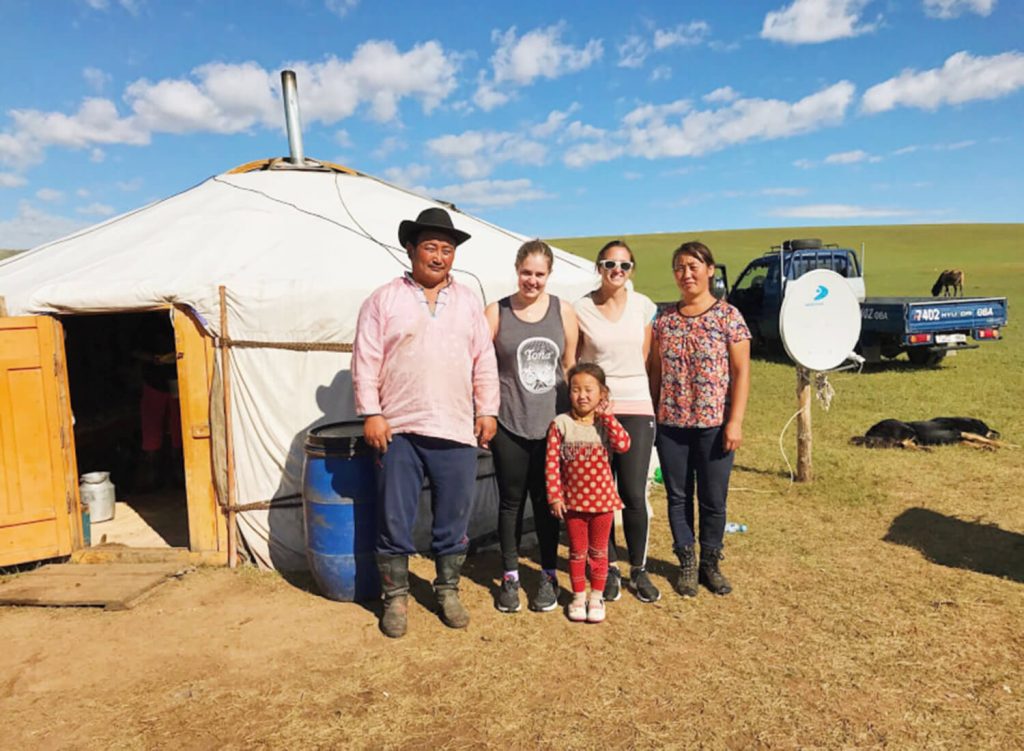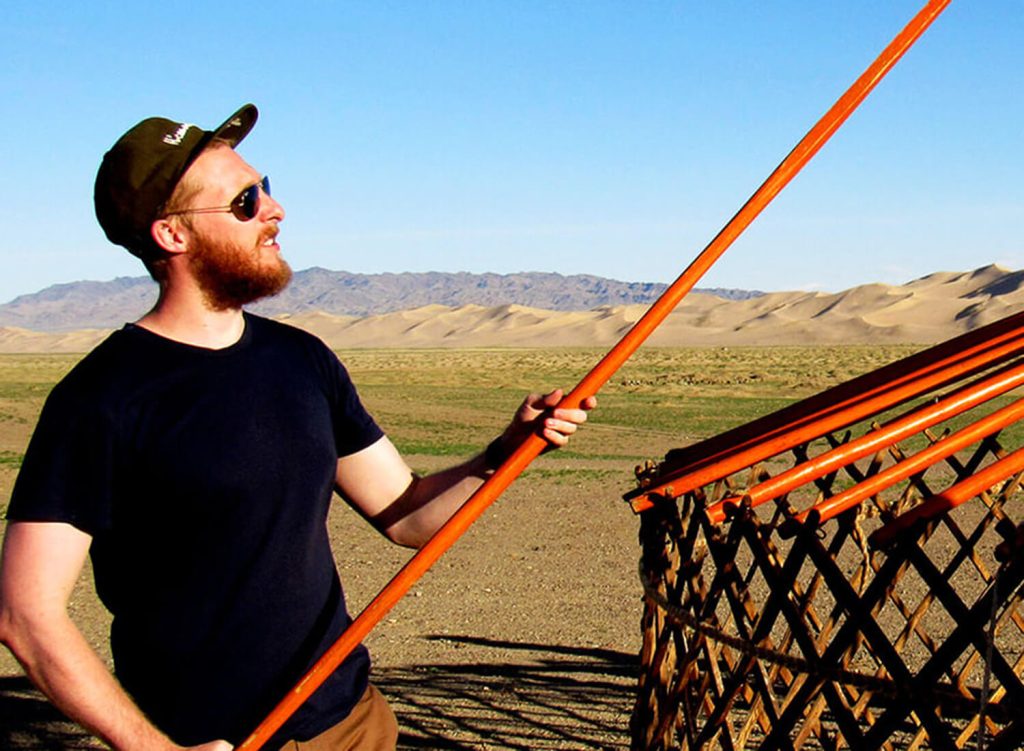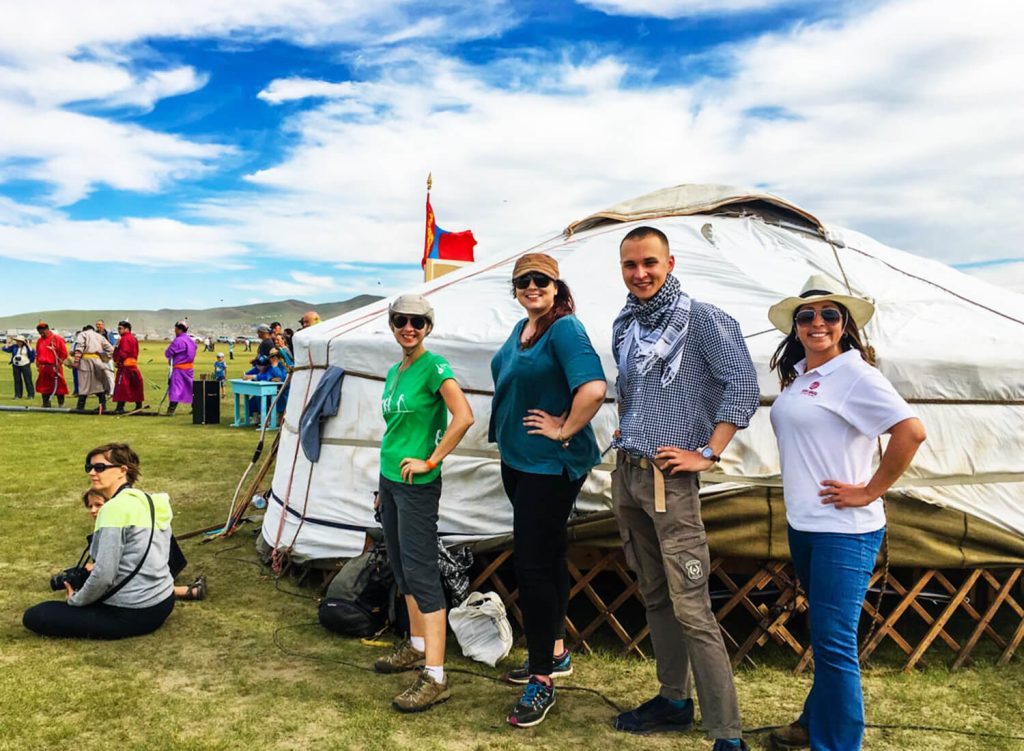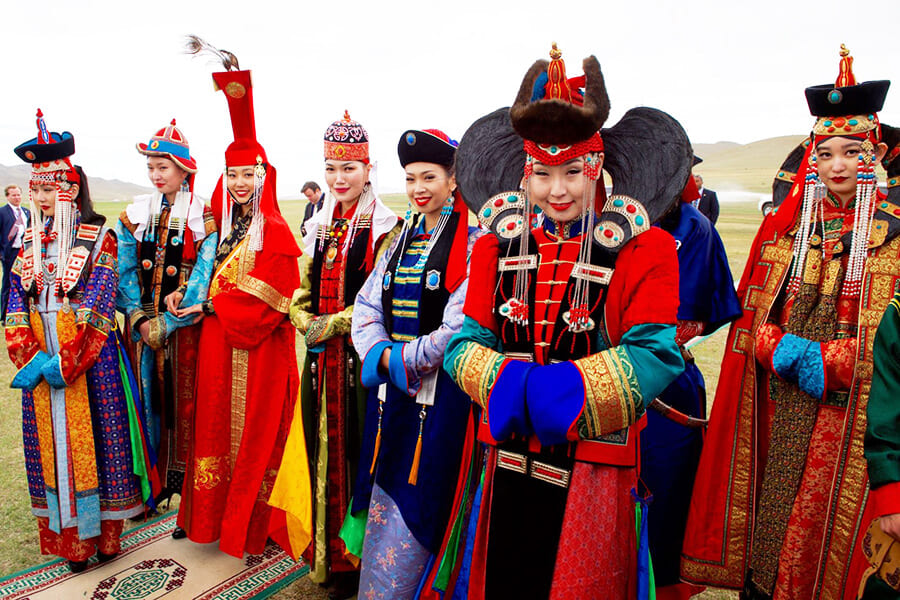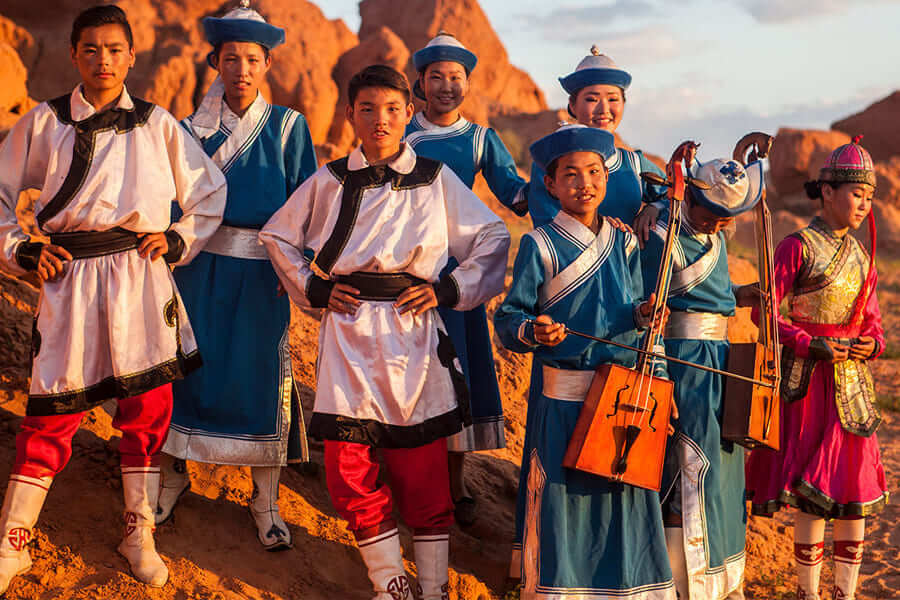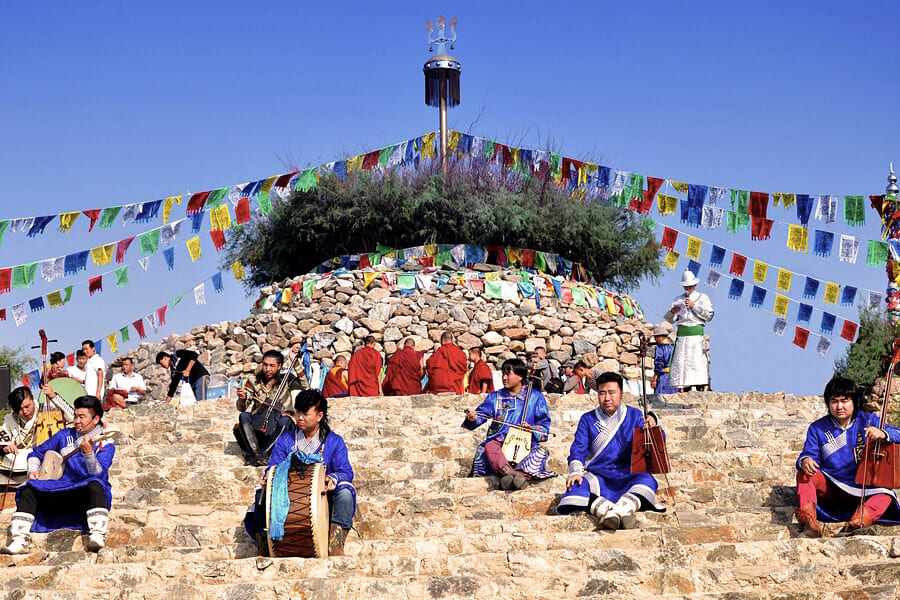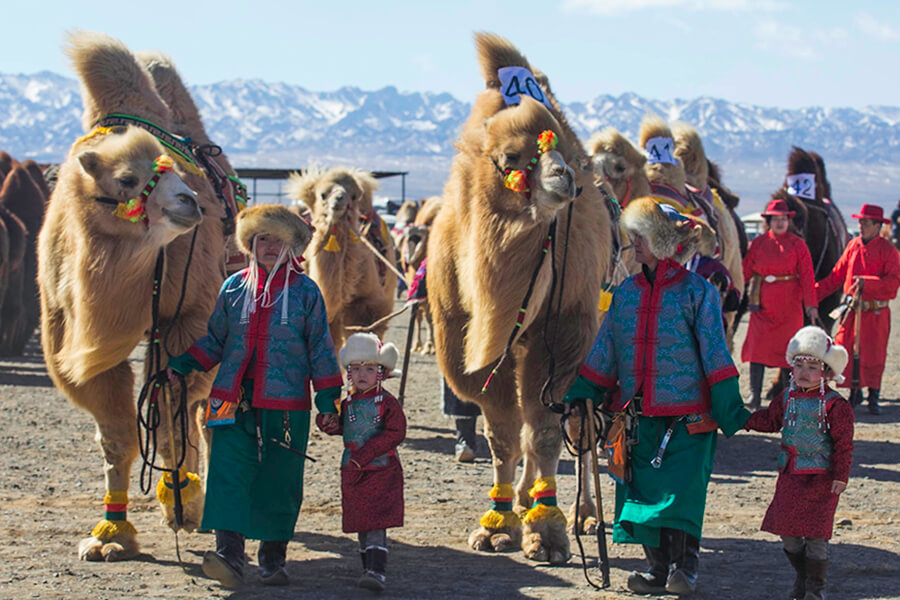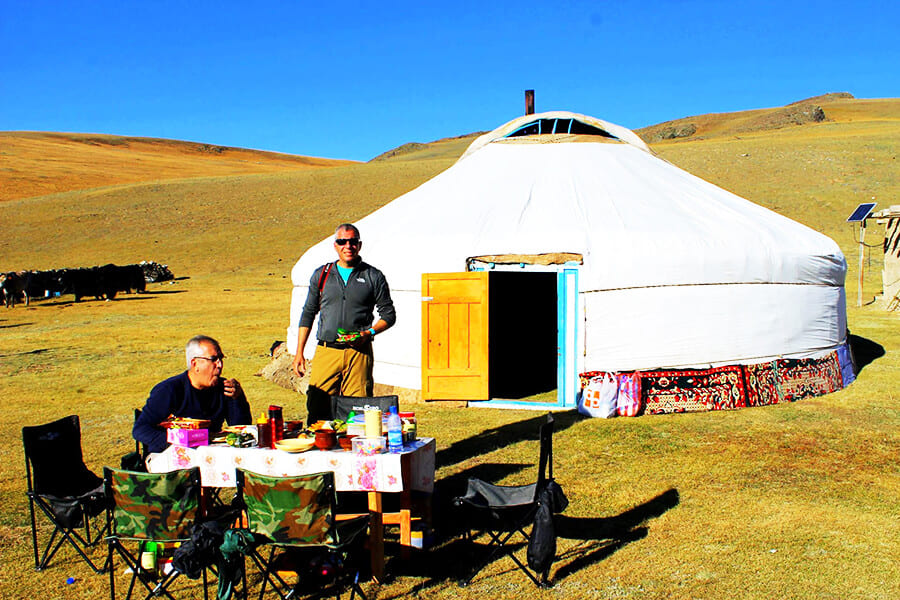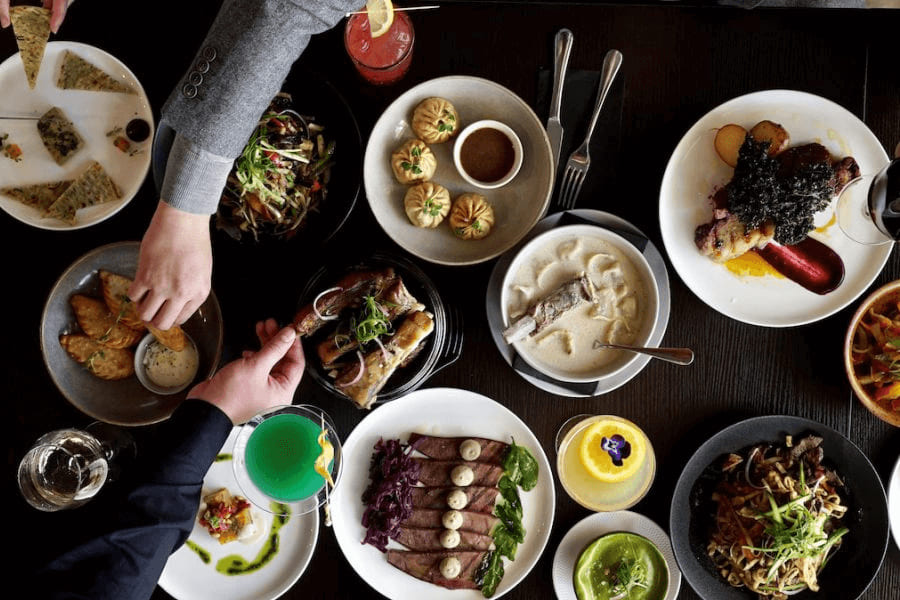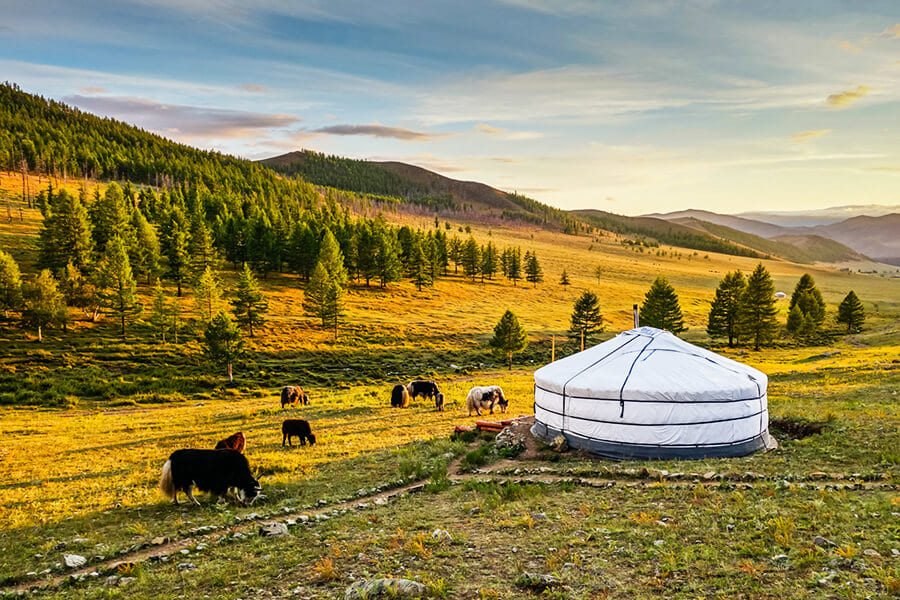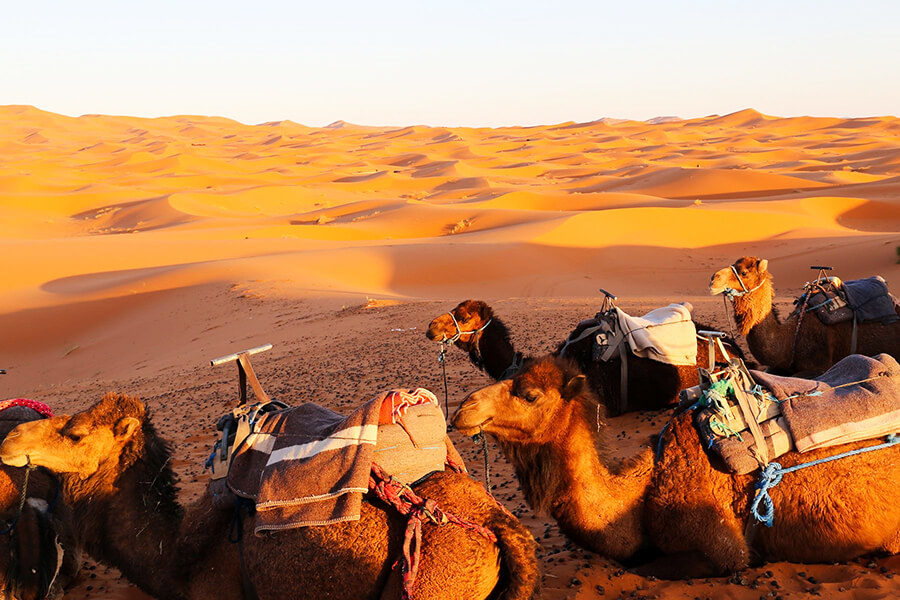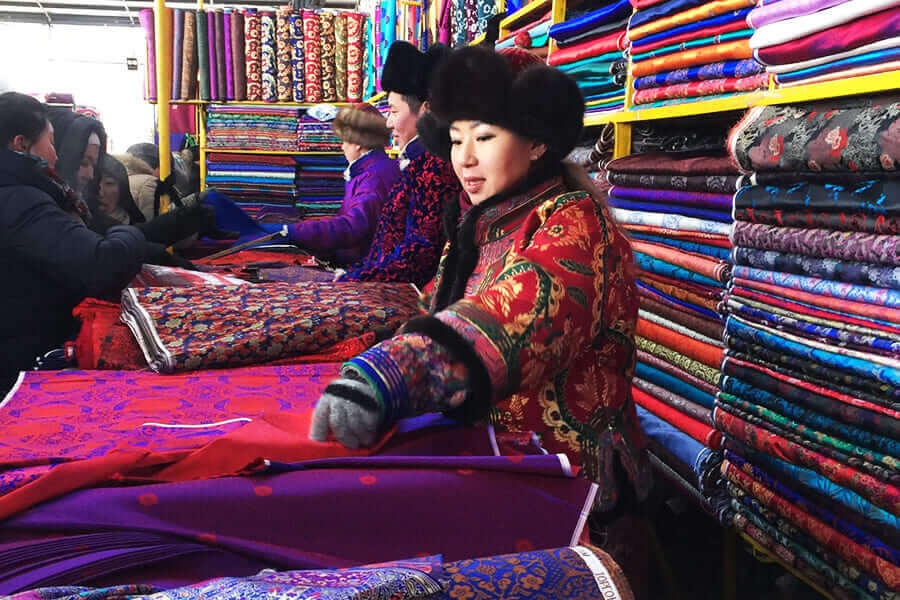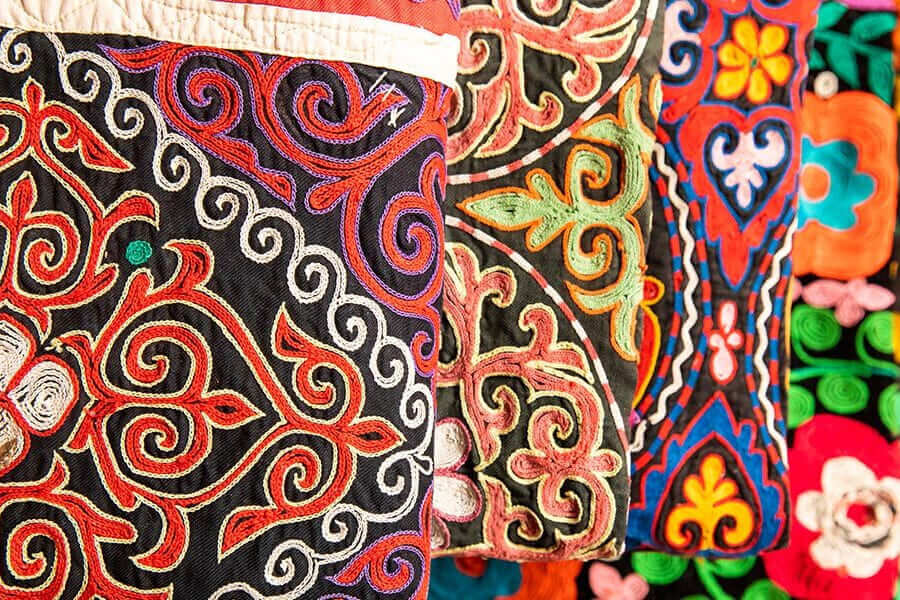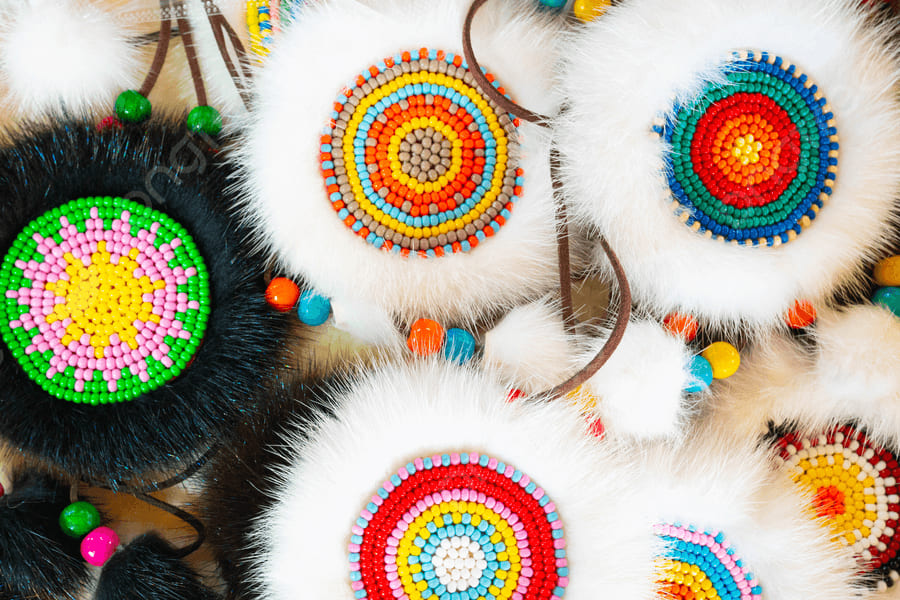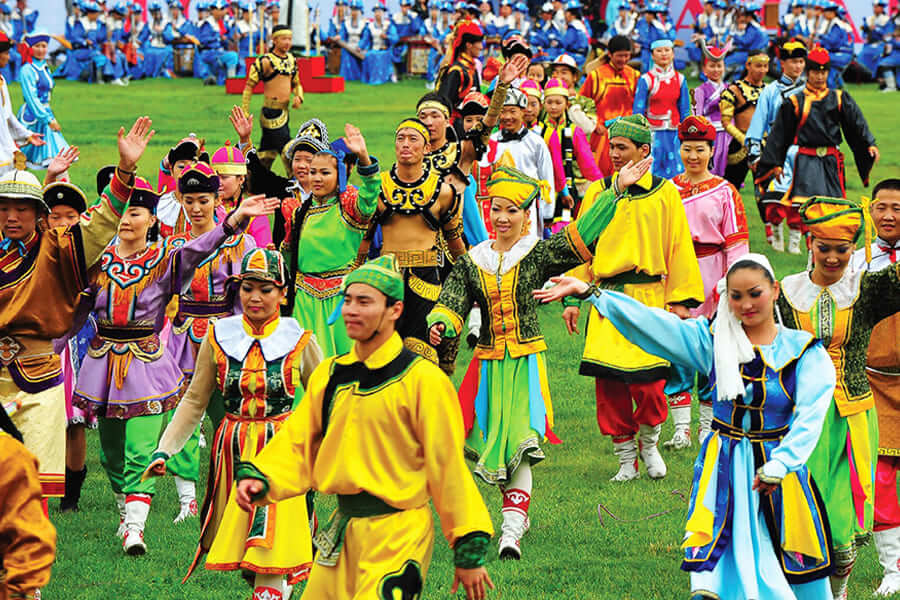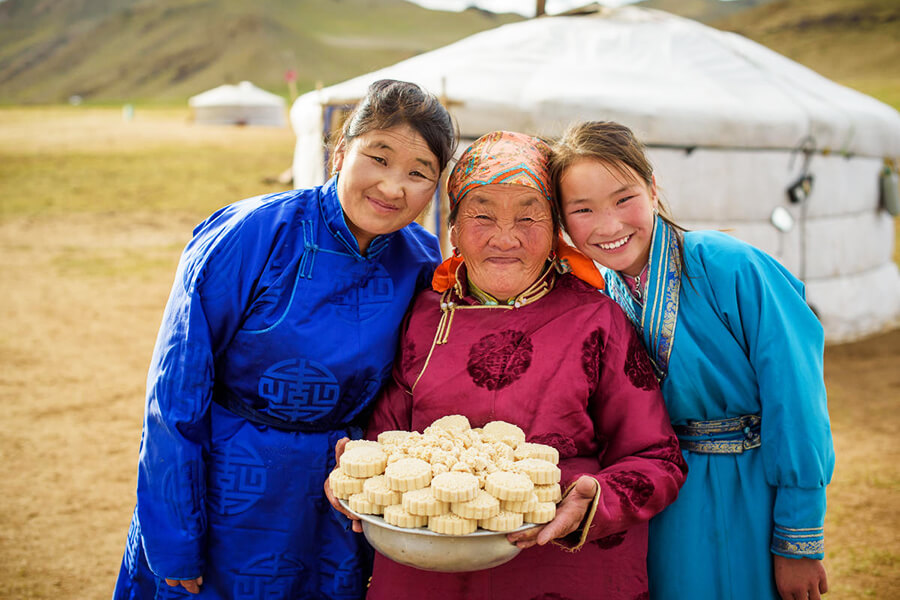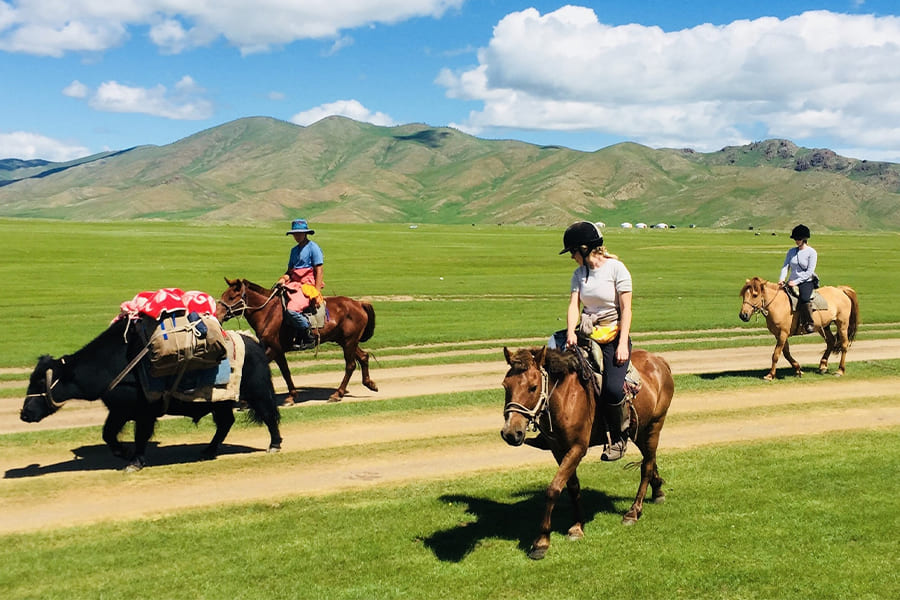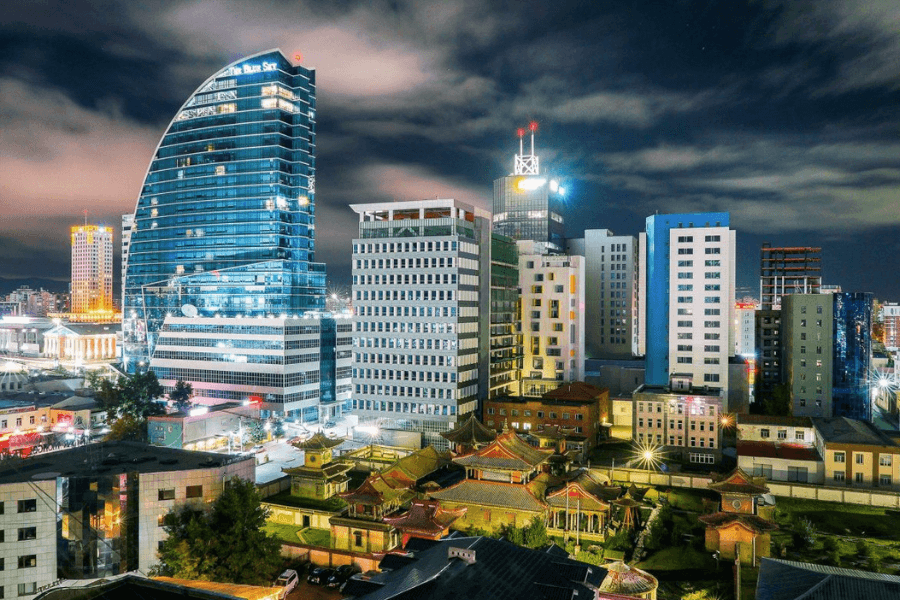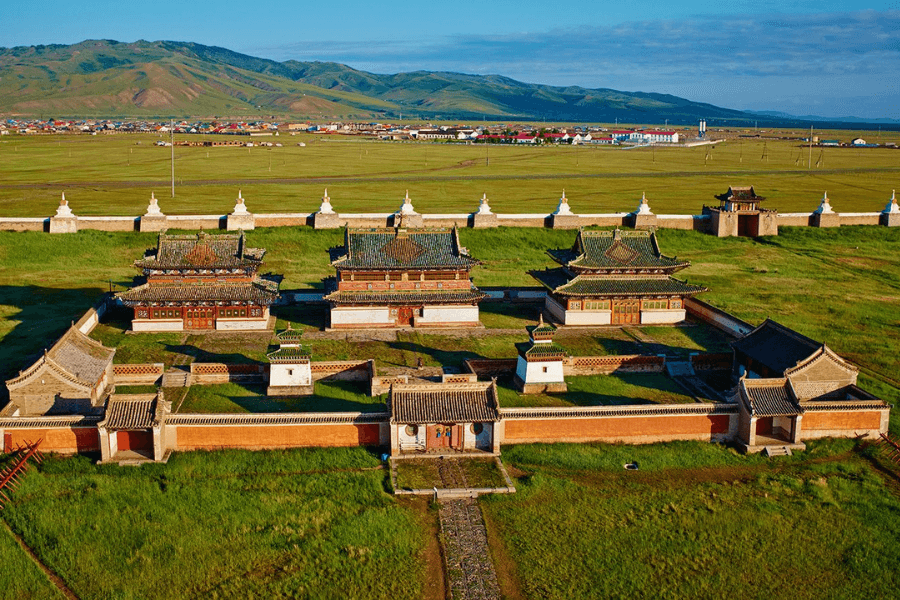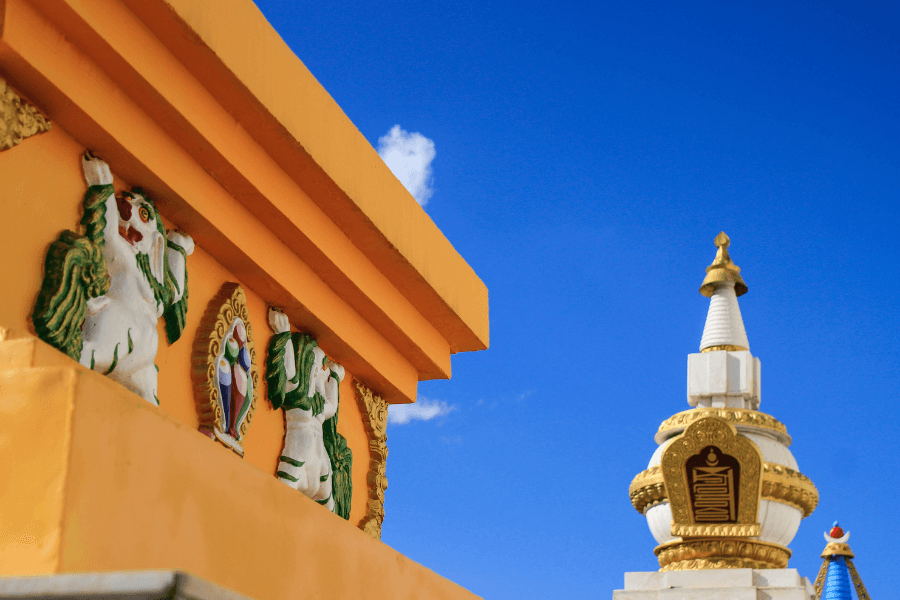Top 10 Mongolia Natural Wonders
1. Lake Khovsgol
It is just breathtaking to see Mongolia's dazzling, blue treasure. Lake Khovsgol, which is flanked by imposing hills and lush alpine meadows, is a photographer's paradise and the ideal playground for outdoor enthusiasts
2. Selenge River
This mighty river in Northern Mongolia is surrounded by stunning landscapes and fertile agricultural land. This lush region, home to a vast range of fauna and birds, showcases Mongolia's unspoiled natural beauty and is a hidden gem worth including in your Mongolia trip.
3. Gobi Desert
The subtropical Gobi Desert, which spans a significant portion of southern Mongolia, is a huge, desolate region of dunes, rocks, and gravel. Remarkably, there are signs of life here, including rare Gobi bears and herds of cashmere goats. You allegedly have seen deserts before? The Gobi Desert is unlike any other place on earth.
4. Bayab Olgii
This secluded region of Mongolia rewards the diligent tourist with remarkable ancient sites, breathtaking landscapes, unspoiled people, and an intriguing lifestyle. It is distant, rough, and rich in historical riches.
5. Altai Tavan Bogd National Park
Visitors will be captivated by the untamed scenery of this national park, which is home to lakes, glaciers, alpine forests, and stunning valleys. This breathtaking national park exhibits Mongolia's wild nature at its best. It is home to eagles, deer, moose, and ibex.
6. Uran Uul
Since it hasn't exploded in centuries and is now coated in lush vegetation and luscious grass, this dormant volcano is no longer dangerous. Enjoy the panorama of the valley by hiking to the rim.
7. Darkhad Depression
The Darkhad Depression's 200 or more lakes have a mysterious, ethereal charm. The Mongolian grassland and the nearby Taiga forest offer the perfect habitat for the reindeer-breeding nomads that visit this region year around long.
8. Terkhiin Tsagaan Lake
This lake in central Mongolia is a serene, lovely location. The lake's uncluttered shoreline are an excellent area to view the variety of waterbirds that reside there.
9. Tsenkher Hot Springs
The Tsenkher hot springs are authentic. The open-air springs provide hot and steamy refreshment in untouched harsh mountainous environment and are genuine, uncommercialized, and secluded.
10. Gurvan Saikhan National Park
This national park is a well-liked tourist destination because of the enormous variety of flora and wildlife there. A rare, endangered snow leopard can be spotted among the sparrows, eagles, wildebeest, and wild camels.
